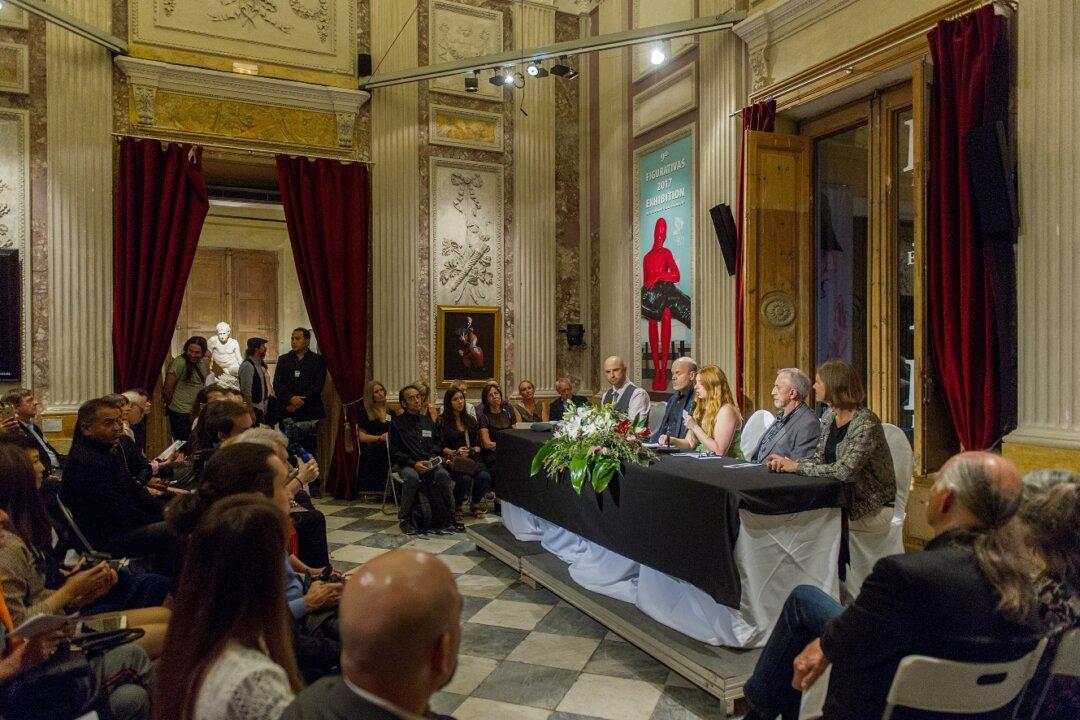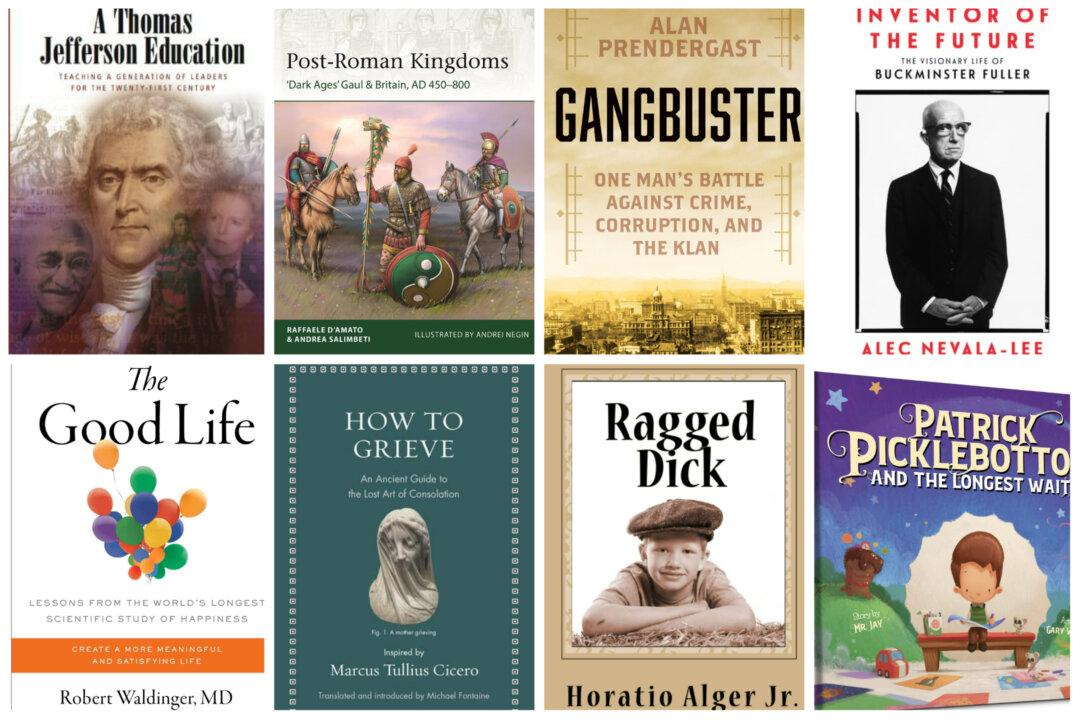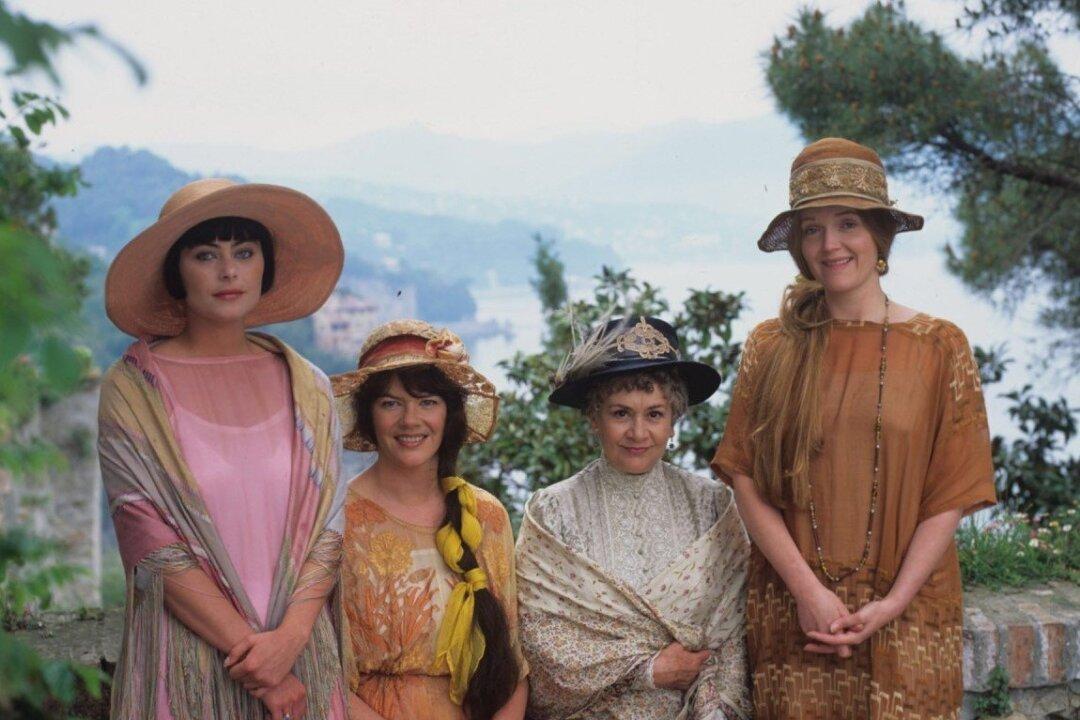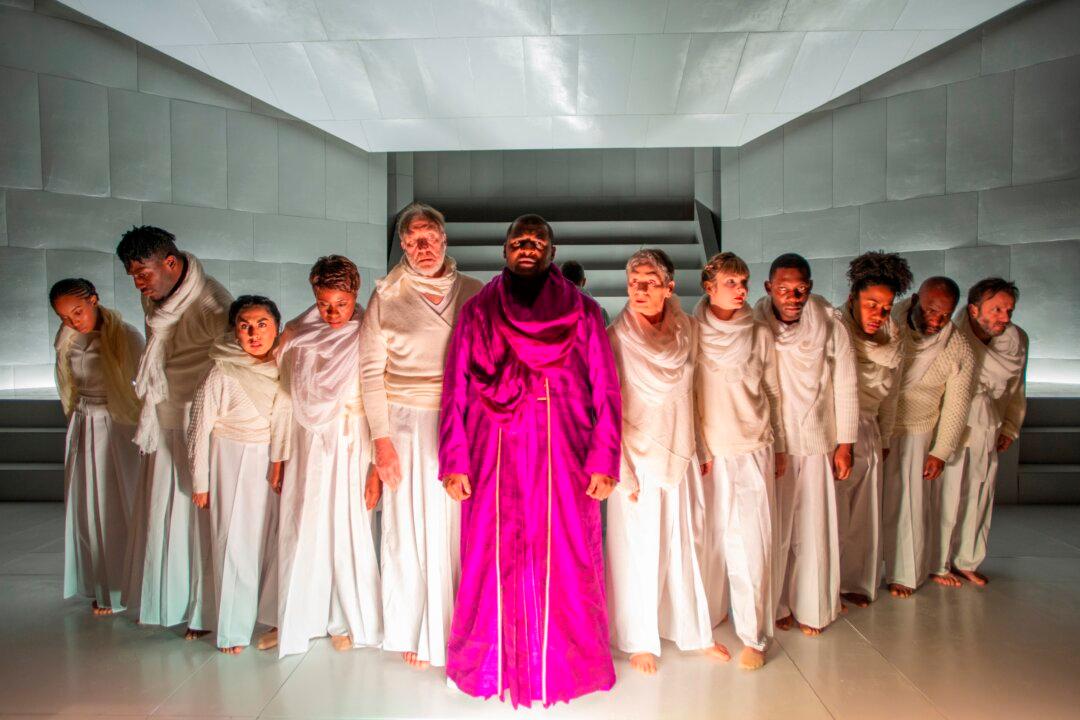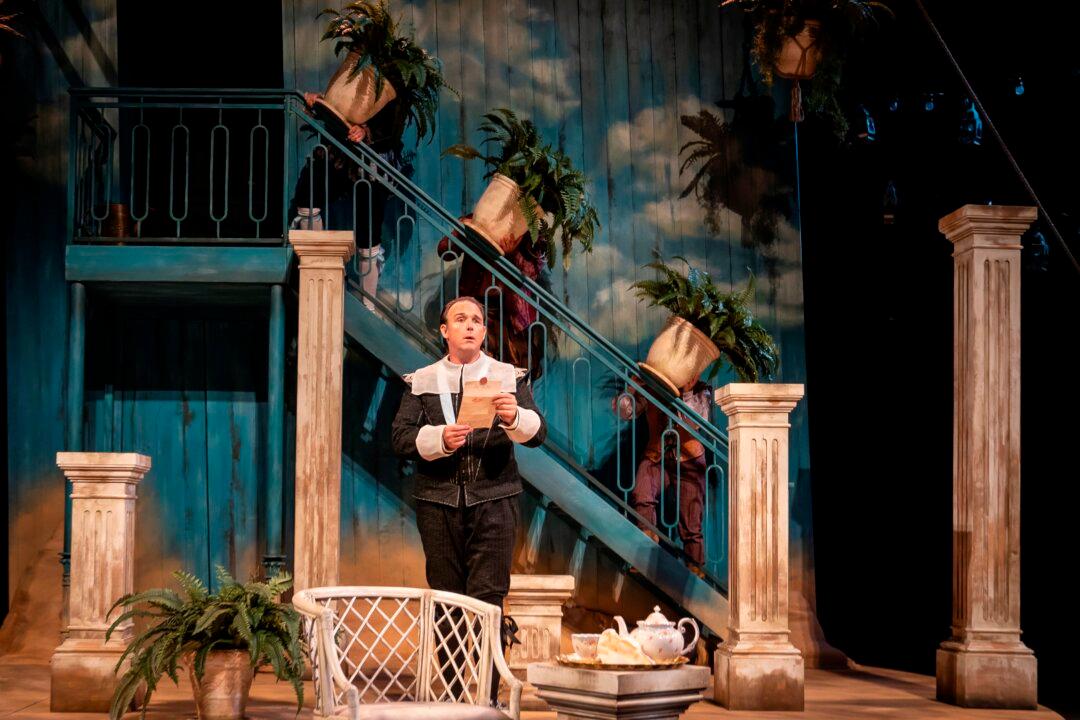The Art Renewal Center (ARC) is dedicated to promoting realistic art. Its salon exhibition, which exhibited at the Salmagundi Club in New York this past May, recently opened at the Museu Europeu d’Art Modern (MEAM) in Barcelona, Spain, where it held the official award ceremony with great success. Over 500 visitors attended the opening event on Sept. 22, which opened alongside the Figurativas 2017 exhibition.
In addition to the 85 works on exhibit in coordination with the 12th International ARC Salon, there are 91 on exhibit from the Figurativas 2017 contest, for a combined 176 works representing the disciplines of painting, drawing, and sculpture.

